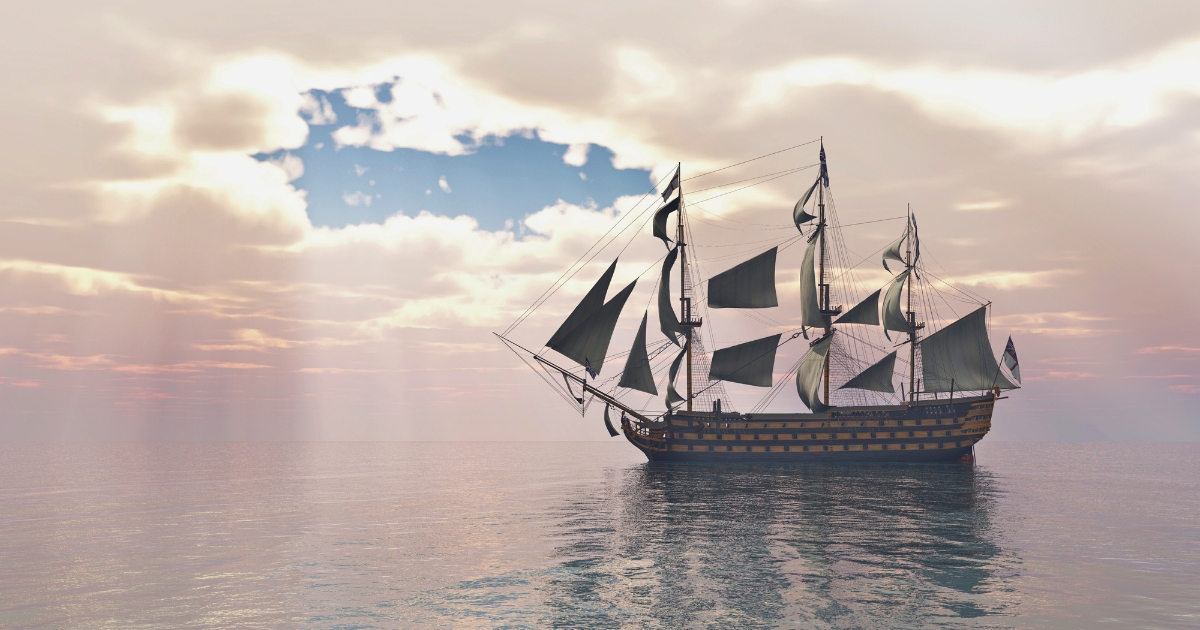The Beagle and Its Mission
The Beagle was a relatively small sailing ship, measuring 90 feet (about 27 meters) in length and 24 feet (about 7.3 meters) in width. The voyage had several objectives:
- Primary goal: Detailed surveying and accurate charting of South American coastlines.
- Scientific purpose: Investigation of geology, flora, fauna, and meteorological conditions worldwide.
- Secondary objective: Exploration of potential colonies and trade outposts, supporting British imperial expansion.
- Advancement of navigation: Field testing of new nautical instruments and techniques.
These objectives reflected the importance of scientific exploration to the British Navy at the time.
The Beagle’s Route and Major Activities
The voyage took Darwin to numerous locations, including:
- Cape Verde Islands (January 1832): Darwin’s first encounter with tropical geology and marine life.
- Brazil (February to late July 1832): Exploration of rainforests and observation of the slave trade.
- Argentina and Uruguay (August 1832 to April 1833): Fossil excavation and study of gaucho culture.
- Chile and Peru (April 1833 to July 1834): Andes mountain surveys and experience of a major earthquake.
- Galapagos Islands (September to October 1835): Crucial observations of giant tortoises, finches, and iguanas.
- Tahiti (November 1835): Coral reef studies and Polynesian cultural observations.
- New Zealand (December 1835): Observations of Maori culture.
- Australia (January to March 1836): Study of unique fauna and Aboriginal culture.
- Cocos (Keeling) Islands (April 1836): Observations leading to atoll formation theory.
Daily Life Aboard the Beagle
Darwin’s life on the ship was characterized by adaptability and daily challenges:
- Living quarters:
- Darwin occupied a small cabin on the poop deck, using a hammock for sleeping and maximizing space for specimens and equipment.
- Daily routine:
- Early rising, simple meals, alternating between land surveys and shipboard work, evening discussions with the captain and officers, and late-night journaling and stargazing.
- Health management:
- Combating chronic seasickness, preventing scurvy with citrus juices, guarding against tropical diseases, and maintaining mental health through reading, music, and chess.
- Intellectual exchanges:
- Engaging in debates with Captain FitzRoy, learning from crew members, and gathering local knowledge from guides at each port.
Darwin’s Health Challenges
Throughout the voyage, Darwin faced several health issues:
- Chronic seasickness, particularly severe in rough weather.
- Risk of tropical diseases like malaria.
- Digestive problems due to unfamiliar foods and poor sanitation.
These health issues continued to affect Darwin throughout his life.
Darwin’s Observations and Records
Darwin made meticulous observations and records during the voyage, including:
- Studies of species diversity, notably the Galapagos finches and South American fossils.
- Geological observations, including evidence of Andean uplift and volcanic activity.
- Anthropological observations of indigenous peoples in Tierra del Fuego and Australia.
- Marine biology discoveries, including coral reef formation theories and deep-sea ecosystem hypotheses.
The Path to the Theory of Evolution
The Beagle voyage played a crucial role in shaping Darwin’s evolutionary theory, but the process took many years:
- Observations during the voyage provided evidence of species variation and adaptation.
- Post-voyage research (1836-1859) involved analyzing specimens, learning about artificial selection, and incorporating ideas from Malthus’s population theory.
- “On the Origin of Species” was published on November 24, 1859, presenting the theory of evolution by natural selection.
Publication of the Beagle Voyage Journal
Darwin’s account of the voyage, “The Voyage of the Beagle”, was published in 1839 and became an immediate bestseller, vividly describing his observations and adventures.
Conclusion
Charles Darwin’s voyage on the Beagle was more than a scientific expedition; it was a journey of personal growth and the birth of a world-changing theory. The challenges, health struggles, and rich observations over nearly five years honed Darwin’s scientific insight and adaptability.
The voyage of the Beagle remains one of the most significant explorations in scientific history, demonstrating how curiosity about the unknown and rigorous scientific observation can revolutionize our understanding of the world.


